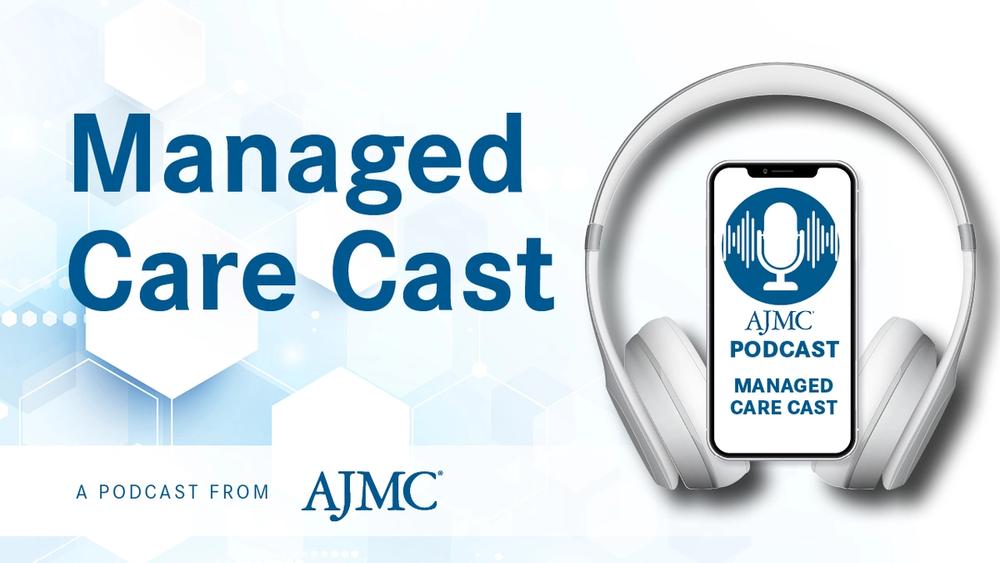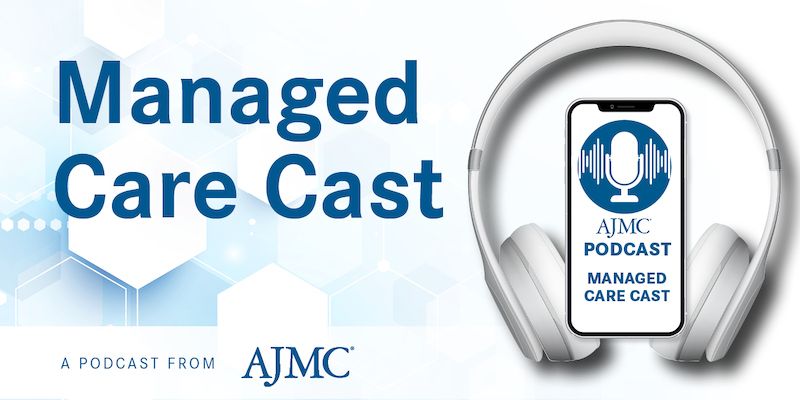News
Article
Can a New Therapeutic Combo Address a Rare Form of RCC?
Author(s):
Key Takeaways
- A phase 2 study showed a 93.3% objective response rate for lenvatinib and tislelizumab in FH-RCC patients, with a 20% complete response rate.
- FH-RCC is driven by FH gene mutations, leading to early metastasis and challenging diagnosis, often affecting young adults.
Investigators from Shanghai, China, report responses above 90% by using levantinib and tislelizumab to treat patients with a form of renal cell carcinoma (RCC) driven by a mostly inherited mutation.
Investigators from Shanghai, China, may have found a new treatment combination for a rare form of renal cell carcinoma, one that is largely inherited and moves quickly when it strikes its mostly young adult patients.
Wen Kong, MD | Image credit: Photo provided by ASCO

In the closing hours of the American Society of Clinical Oncology Genitourinary Cancers Symposium (ASCO GU), Wen Kong, MD, assistant professor of urology at Renji Hospital, Shanghai Jiao Ton University School of Medicine, offered preliminary data from a phase 2 study of 17 patients with advanced or metastatic fumarate hydratase-deficient renal cell carcinoma (FH-RCC), an aggressive subtype of the disease with a bleak prognosis.
Results for 15 patients who could be assessed at data cutoff showed that combining levantinib (Lenvima; Eisai) plus tislelizumab (Tevimbra; BeiGene) produced an objective response rate (ORR) of 93.3%, with a complete response (CR) of 20.0% (3/15).1
Preliminary results. Median time to response was 6 weeks, with 1 progression-free survival (PFS) and 1 overall survival (OS) event; neither PFS nor OS were reached. All grade adverse events (AEs) were seen in 16 patients (94.1%), and grade 3 or higher events were seen in 4 patients (23.5%). Eight patients had to have dose reductions or stop treatment (47.1%). One patient died due to unrelated lung metastases.
What is FH-RCC?
Driven mostly by germline mutations, FH-RCC tends to affect adults in their mid-30s or early 40s. It is hard to diagnose, as its symptoms may be mistaken for normal abdominal pain. It metastasizes early, even when tumors are small. Genetic testing is encouraged when families are known to carry the FH mutation, which brings an estimated 15% lifetime risk of developing RCC.
According to Linder et al, FH-RCC occurs when the loss-of-function mutation in the FH gene leads to the accumulation of fumarate, in turn activating hypoxia-inducible factor (HIF). Then, HIF triggers tumor growth through several mechanisms, involving both vascular endothelial growth factor (VEGF) and epidermal growth factor receptor (EGFR); thus, therapeutic targets can include an anti-EGFR blockade.
Why Look for Something New?
As Kong explained, a combination appearing on the National Comprehensive Cancer Network guidelines featured bevacizumab (Avastin; Genentech), an anti-VEGF monoclonal antibody, and erlotinib (Tarceva; Genentech), an anti-EGFR tyrosine kinase inhibitor (TKI).
But the study that led to that recommendation is more than 10 years old, Kong said, “and the landscape for RCC treatment has dramatically changed.”
The addition of checkpoint inhibitors and newer generation of TKIs warranted a second look, and Kong’s center did just that in a 2023 retrospective study of how patients with FH-RCC fared when treated with different combinations in centers across China.
That paper, for which Kong was second coauthor, found better survival rates when combining a TKI with an immune checkpoint inhibitor.2
The PD-1 inhibitor tislelizumab is known to be effective with chemotherapy for patients with EGFR-mutated nonsquamous non–small cell lung cancer who progressed on EGFR TKI therapy.
Lenvatinib, meanwhile, is a TKI that works on multiple targets to block new blood vessel formation, thereby limiting blood supply to the tumor; among its targets are VEGF receptors (VEGFR1-3).
Background and Methods
Eligible patients were 18 to 80 years of age and diagnosed with pathologically confirmed, unresectable advanced or metastatic FH-RCC and had not received systemic therapy. Diagnosis was confirmed with DNA sequencing. Patients received concurrent therapy, with lenvatinib administered 20 mg by mouth daily and tislelizumab 200 mg intravenously every 3 weeks until disease progression, intolerable toxicity, or withdrawn consent.
The primary end point is ORR; secondary end points are disease control rate, PFS, duration of response, 1-year and 2-year OS rate, and safety.
Patients enrolled from September 2023 to October 2024; 14 were male and 3 female. Median age was 37 (24-61) years. FH germline alterations were found in 12 patients, with 5 carrying somatic mutations. Median follow-up was 7.0 months (1.0-12.0 months).
Kong shared before-and-after photos showing tumor shrinkage. He acknowledged that the data are immature and many questions remain, but concluded, “This combination might become a promising alternative option,” for patients with FH-RCC.
References
1. Kong W, Xu Y, Wang Z, Zhang J. Lenvatinib plus tislelizumab as first-line therapy for advanced fumarate hydratase-deficient renal cell carcinoma. A single-center, single-arm phase 2 study. J Clin Oncol. 2025;43(suppl 5):Abstract 443. doi:10.1200/JCO.2025.43.5_suppl.443
2. Xu Y, Kong W, Cao M, et al. Genomic profiling and response to immune checkpoint inhibition plus tyrosine kinase inhibition in FH-deficient renal cell carcinoma. Eur Urol. 2023;83(2):163-172. doi:10.1016/j.eururo.2022.05.029





